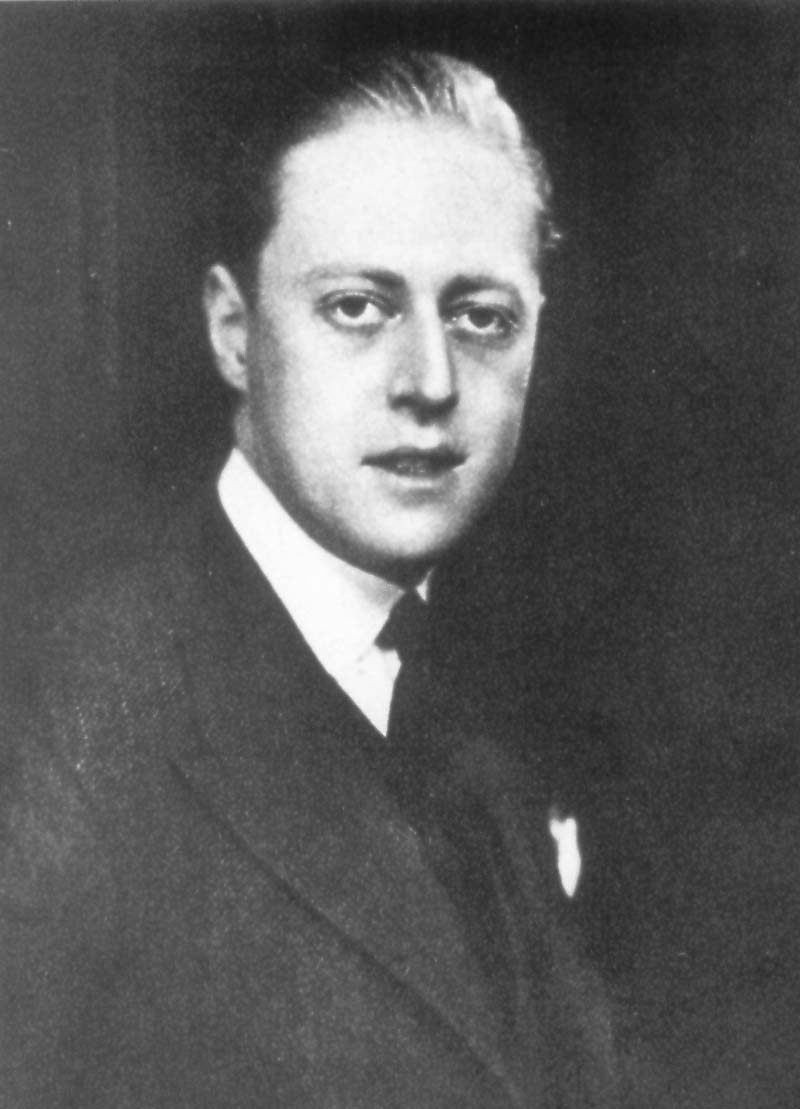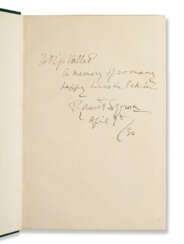Robert Byron (1905 - 1941) — Auction price

Robert Byron was a British traveler, writer, historian and art historian.
Byron studied at Merton College (Oxford), in his final year of university he traveled to Greece and described it in the book "Europe in the looking glass" (1926). The work "Station. Athos, Treasures and People" (1928) focuses on the monasteries of Mount Athos, and "Byzantine Achievements" (1929) on classical Greek culture, Byzantine art and architecture. Byron's other publications include Essays on India (1931) and First Russia, Then Tibet (1933).
In the early 1930s, Robert Byron traveled extensively in India, Persia, Tibet, Russia, and elsewhere. His most famous work is The Road to Oxiana (1937), which was written after traveling from Italy to India and is devoted to researching the origins of Islamic architecture. The route took him through Palestine, Syria, and Iraq, after which Byron visited Kermanshah, Tehran, Tabriz, Mashad, Herat, Isfahan, Shiraz, Persepolis, Sultania, Mazare Sharif, Kabul, and others. This book is based on his diaries and combines erudition and fascination. An aesthete and architectural art historian, Byron described the region's great Islamic monuments in elegant, lexically rich prose. He also took his own photographs. This photographic archive is now in the Conway Library of the Courtauld Institute in London and is of great value.
Talented and versatile, full of strength Robert Byron died at the age of 36, when the ship on which he was traveling to Cairo as a special war correspondent, was hit by a German U-boat torpedo off the northern coast of Scotland.


